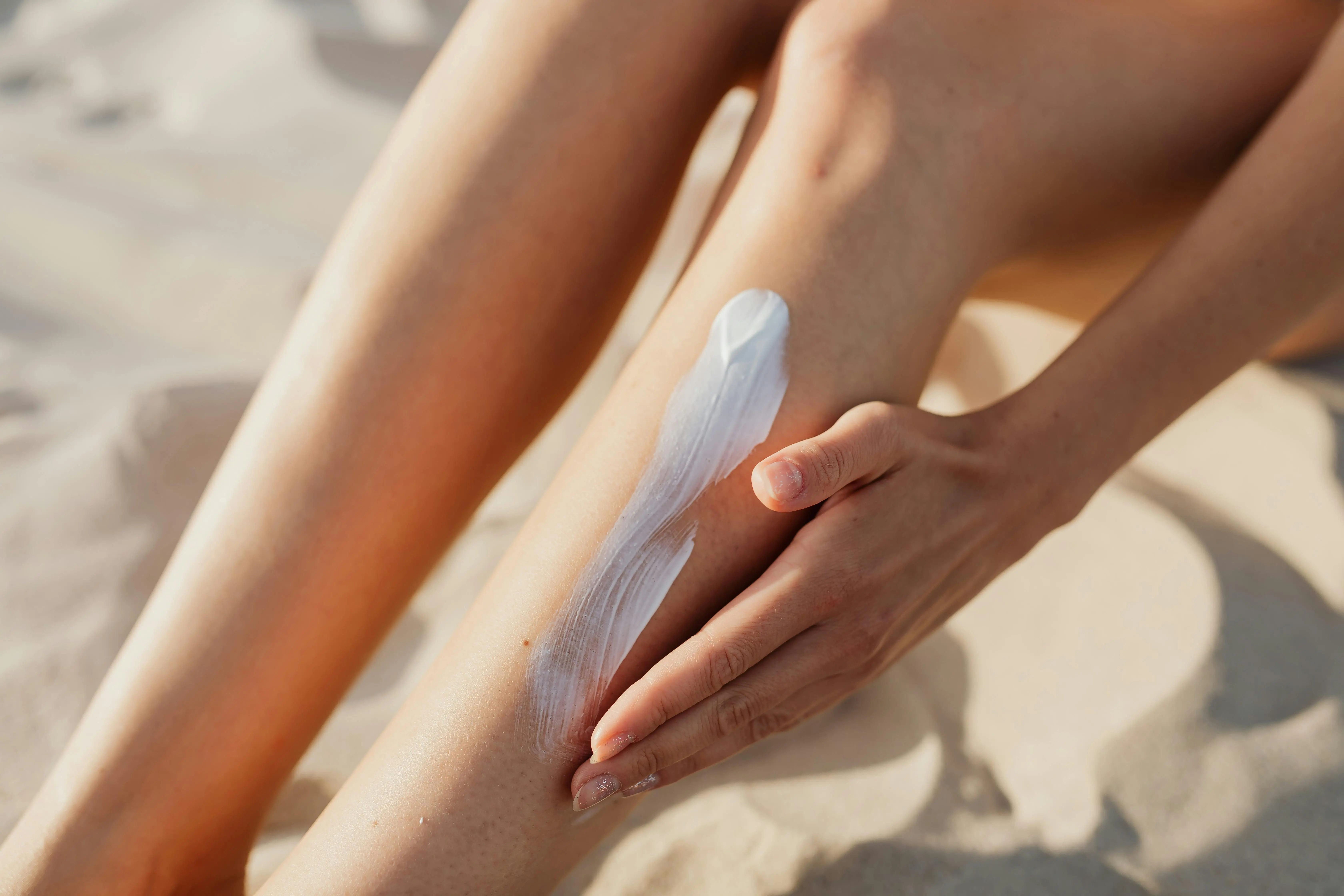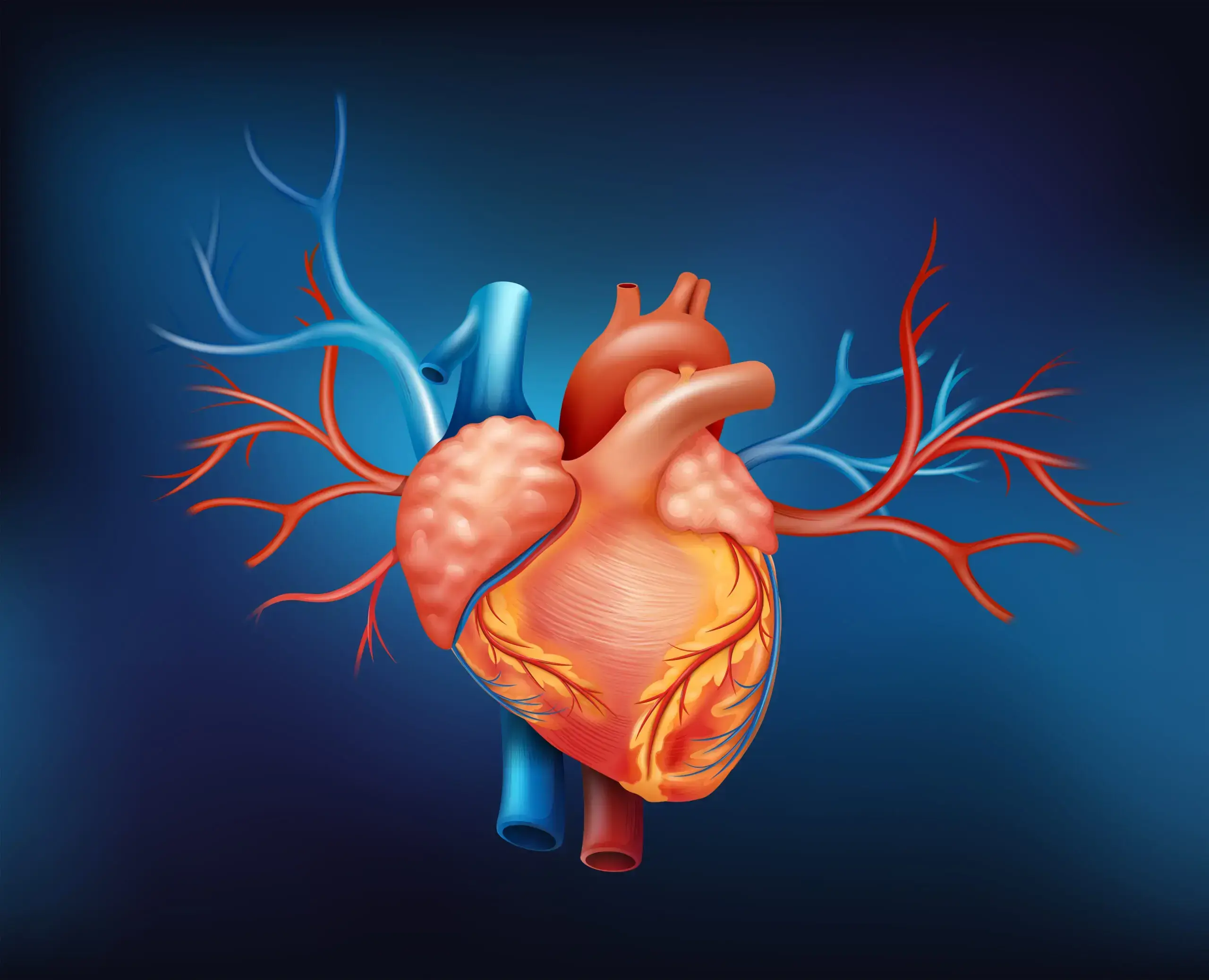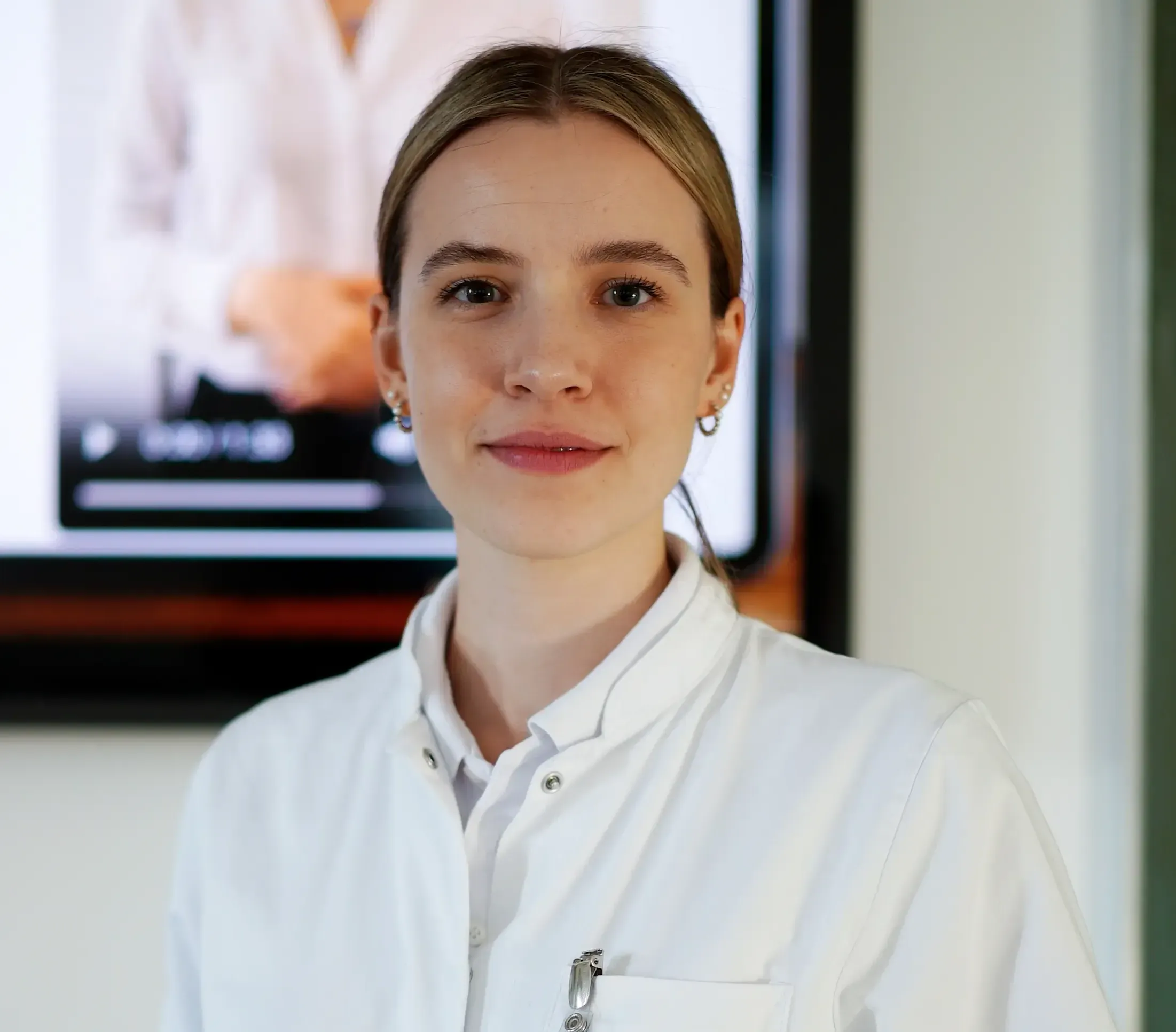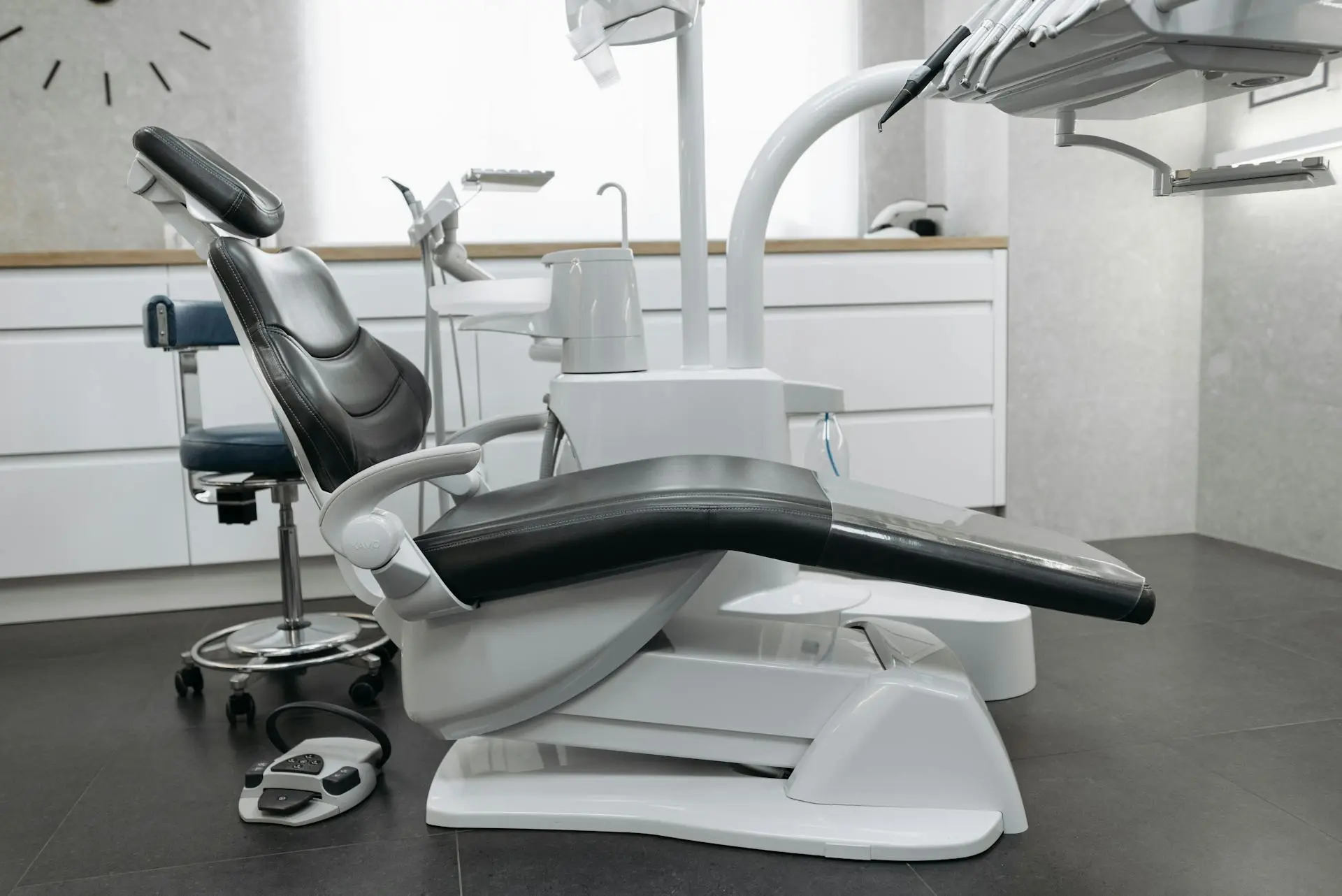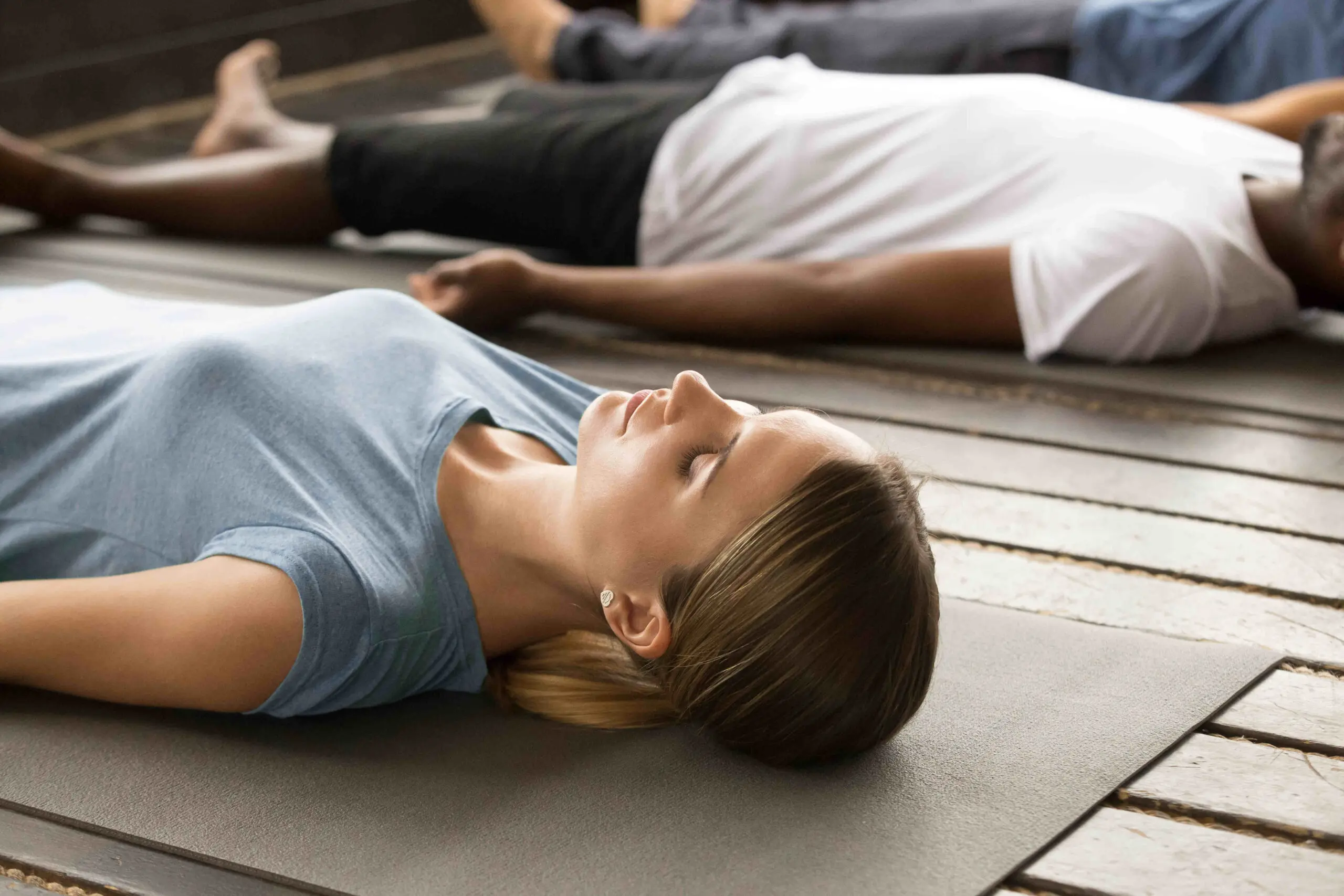
© Freepik
Relaxes the muscles and eases stress management: Progressive muscle relaxation according to Jacobson
December 31, 2024
Sharon Burbat
- Health
- Mind
Relaxation according to Jacobson: How can you manage to switch off in everyday life?
Just letting go is not that easy. Yet, it is exactly what helps with tension and stress.
When we are under stress or time pressure, we involuntarily tense our muscles. The result: tension that can sometimes lead to severe pain. Many have forgotten how to recognize such tension.
Sometimes we only notice late in the evening, when the tension subsides, what impact the stress had on the body. At these moments, everything feels incredibly heavy - the shoulders, the neck, the head.
Progressive muscle relaxation according to Jacobson
The American doctor Edmund Jacobson discovered that stress or anxiety leads to a reflexive tension of the muscles (sympathetic response of the autonomic nervous system) - but conversely, relaxing the muscles leads to a feeling of calm (parasympathetic response of the autonomic nervous system).
He then developed Progressive Muscle Relaxation in the 1930s, also known as Progressive Muscle Relaxation - or PMR for short. It's called progressive because it involves different muscle groups step by step (from the English "progressive"). Today, PMR has established itself as a widely used relaxation method.
Intensive muscular relaxation is intended to counteract a stress reaction. When the body is relaxed, it leads to a relaxed mind. Relaxation is achieved by tensing and then relaxing different muscle groups in succession.
Applications of Progressive Muscle Relaxation
PMR is used, among other things, for anxiety disorders, stress, Sleep disorders , headaches, high blood pressure and back pain. It is also used in behavior therapy, childbirth preparation, and dentistry. The effectiveness of the procedure is considered proven.
In a meta-study at the end of the 90s, several studies on progressive muscle relaxation were evaluated. In 75% of them, significant symptom improvements were found, and in 60% improvements in general well-being were noted. Due to the effectiveness of Jacobson's relaxation and because it is relatively easy to learn, the relaxation method is considered the most suitable for clinical practice.
However, PMR should not be used for the following complaints and diseases:
- Severe depression
- Acute psychosis
- severely low blood pressure
- certain diseases of organs
In case of great fear of diseases, a tendency towards compulsions, panic disorder, and problems with reality perception, it should be carefully considered whether progressive muscle relaxation is the right method, as increased body awareness may lead to anxieties.

© Kindel Media
Progressive muscle relaxation according to Jacobson can also relieve back pain.
How is relaxation according to Jacobson performed?
In contrast to autogenic training, this form of relaxation is active. However, the process of progressive muscle relaxation is simple and follows a specific order.
Instructions: Relaxation according to Jacobson
- Allow yourself 20-30 minutes, wear loose clothing and remove distracting items such as glasses, jewelry, and belts. Choose a quiet place with a pleasant room temperature and adopt a relaxed sitting posture or lie down.
- Close your eyes, take a deep breath, and try to keep your body as loose as possible. Then start by clenching your right hand into a fist, tensing it deliberately and firmly for about five to ten seconds. You should clearly feel where the respective muscle group is and feel a slight pulling.
- Release the tension again and consciously feel the muscle relaxation for ten to thirty seconds.
- Continue as described with your left hand. Then with tensing and relaxing the forearms, upper arms, neck, back, and so on, until you reach the feet.
Jacobson's progressive muscle relaxation involves paying close attention to the body and focusing on the specific muscle group. Then, consciously tensing them, holding the tension, and giving the affected muscle group full attention.
When letting go, the muscle tension is loosened with slow movements, and during the follow-up, attention and concentration remain with the muscle group. Tensing the muscle makes it tired, which means that the relaxation afterwards is stronger.
Relaxation exercises according to Jacobson
The great advantage: Progressive muscle relaxation is not only effective for the moment and reduces stress in the present, it also has a preventive effect if practiced regularly. Anyone who does the exercises over two to three months will notice how their awareness of their body changes and feel in everyday life when they tense their muscles unnecessarily, so they can then consciously relax them again. Advanced practitioners of Jacobson relaxation can manage to relax their entire body within a few minutes.
In addition, progressive muscle relaxation has a calming effect on heart and circulation, and blood pressure can drop. It ensures balance, stress situations can be managed more easily. Even sleep disturbances and chronic pain can subside. Because the technique wonderfully brings the interplay of soul and body into harmony and positively influences the psyche with the help of the body's muscles.


